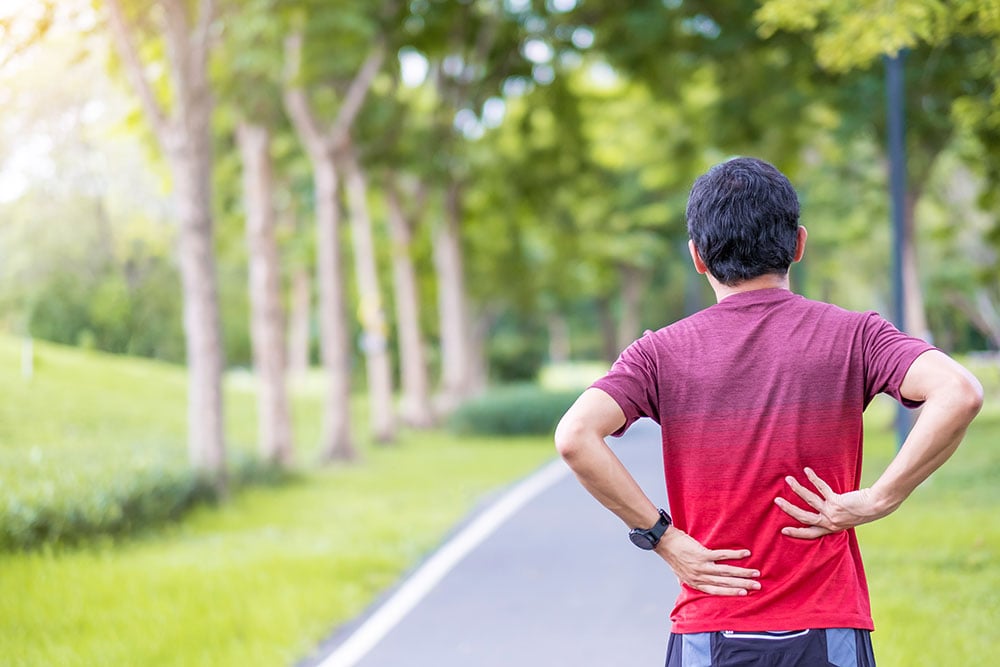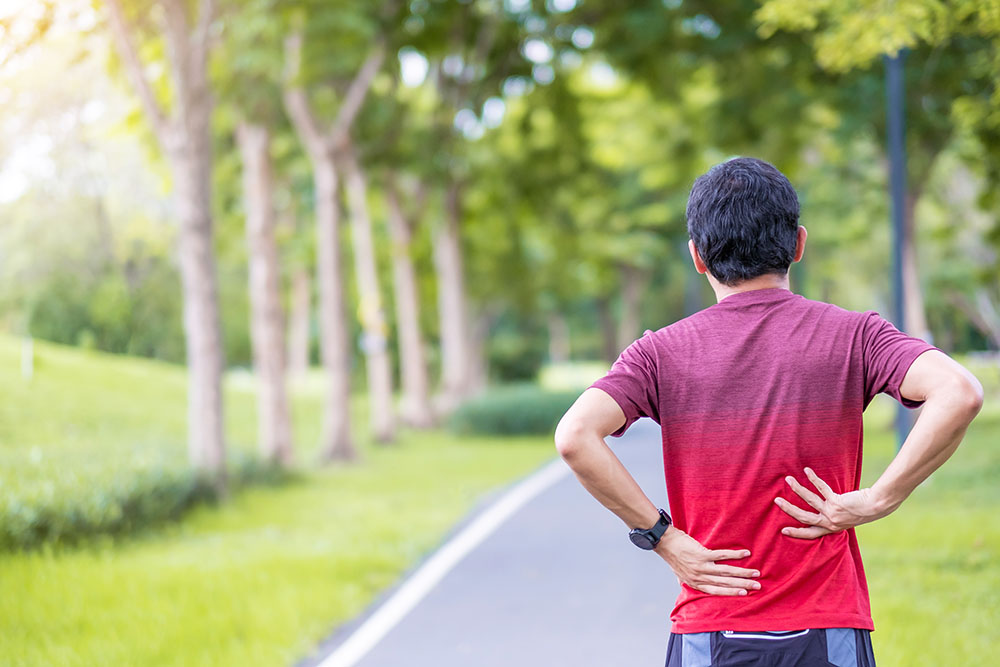If you have ever experienced any degree of back pain, you already know how debilitating it can be. Simple daily tasks such as bending over to tie your shoes quickly become grueling and tiresome. It can happen in an instant, with a sharp pain suddenly shooting through your muscles or it can happen overnight, as you find yourself struggling to get out of bed the next morning. In those moments, we'll do anything to alleviate the pain as soon as possible.
While my recommendation is not an instantaneous fix, it is simple and easy.
The fastest and easiest way to alleviate the pain would be to take a painkiller such as Advil, but this only a temporary band-aid. Eventually the effects of the drug will wear off and the pain will return, possibly worse than before. You could suffer through it, hoping that it will slowly subside, or you could actively work on the issue at hand. The sooner you act, the sooner you will return to an uninhibited state.
There are various causes of back pain and in some instances, the pain occurs due to multiple factors. These include:
- Having a weak core or not actively engaging your core muscles when playing a sport or exercising
- Lifting a relatively heavy object with poor form
- Overuse through repeated motions such as shoveling snow
- Sitting with poor posture for long durations
- Poor nutrition and dehydration
With multiple causes we can identify multiple solutions:
- Strengthening your core and leg muscles
- Stretching your hips
- Adequate rest and recovery between activities
- Frequently walking or moving
- Drinking more water and adjusting your diet
Implementing a combination of these solutions will greatly increase your chances of recovering faster. However, if you could only implement one, I would recommend that you start walking more.
This low impact activity is relatively safe for most individuals and can have some tremendous effects on the body. Walking increases blood flow to the muscle tissues that are stiff and restricting our movement. This helps to open blood vessels and increases the supply of oxygen and nutrients while at the same time flushes out the toxins that have accumulated in those tissues.
Scheduling time to go for walks each day will break up longer durations of sitting and provides an opportunity to decompress. If you are lucky enough to live near a trail, walking amongst nature can be very therapeutic.
You can also choose to walk more during your weekly activities. Parking the car further away in a parking lot, walking to the corner store instead of driving and taking the stairs instead of the elevator, are just a few ways to get more steps in.
To take it "one step further", you can track your daily steps with a smartwatch or most cellphones. Tracking your steps can be a great way to hold yourself accountable while understanding exactly how much movement is involved on a daily basis.
According to this article written by the Harvard Medical school regarding a study published in the JAMA Internal Medicine Journal, taking as little as 4,400 steps per day is associated with great health benefits.
At this point, you are probably thinking about how cold it is outside; how uncomfortable it can be walking during those chilly, windy days. I implore you to prioritize your health and stay as active as you can, especially if you are suffering from back pain. Not everyone will have access to a treadmill at home and with the recent lockdowns, we have all had to adapt. Now is the time to prove to yourself how strong and resilient you can be. So, put on a few extra layers of clothing and get moving!
References:
https://www.health.harvard.edu/staying-healthy/do-you-really-need-to-take-10000-steps-a-day-for-better-health
https://jamanetwork.com/journals/jamainternalmedicine/fullarticle/2734709?resultClick=1





